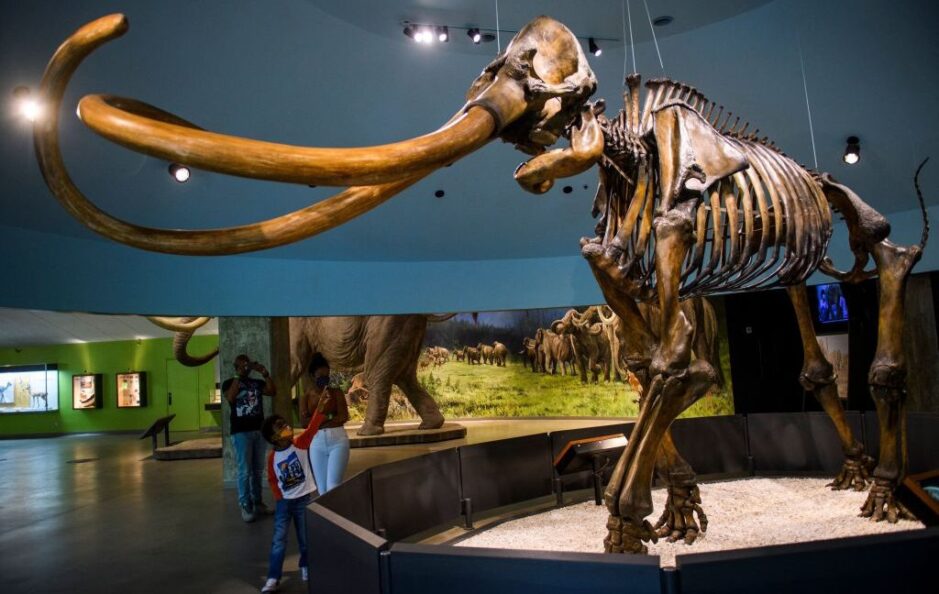Unraveling the Genetic Mystery of Columbian Mammoths in Mexico
Introduction: A Genetic Expedition
Recent research led by a collaboration between Mexican and European scientists has shed new light on the genetics of the Columbian mammoth, a species that roamed across parts of North America. Focusing specifically on the Basin of Mexico, the team aimed to uncover DNA from this relatively warmer region, known for its rich assortment of mammoth remains, including over 100 individuals discovered during the construction of Mexico City’s international airport. Their findings reveal important insights into the evolutionary relationships of these ancient giants.
The Research Focus
The researchers chose to concentrate on the mitochondrial genome because of its potential for preservation despite the challenges posed by the region’s warmer climate. Unlike nuclear DNA, which is present in pairs and is often more fragile, mitochondrial DNA exists in multiple copies within cells. This characteristic increases the likelihood of recovery from ancient specimens. In total, the team tested 83 samples, successfully obtaining 61 new mitochondrial genomes, 28 of which were deemed high-quality enough for further analysis.
Building the Family Tree
Using the genetic information gathered, the research team constructed a family tree that connected the Columbian mammoths in Mexico to other known populations, including woolly mammoths from various regions. This genetic mapping revealed surprising findings: all the mammoths from Mexico grouped together into a single cluster, but within that cluster, there were three distinct groupings.
Crucially, this cluster’s placement within the broader family tree raised questions. Notably, mammoths from Mexico were found to be flanked by woolly mammoths on either side of their genetic grouping. This suggests that the lineage of Mexican mammoths is an offshoot of woolly mammoths, posing further questions about migration patterns and evolutionary divergence.
Intriguing Relationships
Interestingly, some Columbian mammoths from much further north were found to be more closely related to woolly mammoths than to their counterparts in Mexico. This surprising discovery indicates a complex web of relationships among different mammoth populations, suggesting that geographic isolation and environmental factors played a significant role in their evolutionary paths.
Controversies and Challenges
While the research makes significant strides in understanding the Columbian mammoth lineage, it does not come without its challenges. The warmer climate of the Basin of Mexico generally degrades DNA more rapidly, raising questions about the viability of further studies in similar regions. Additionally, the exact reasons for the genetic divergence and the historical migration patterns among mammoth populations remain areas ripe for additional exploration.
Conclusion: Significance of the Findings
The study of the genetic makeup of Columbian mammoths in Mexico provides valuable insights into not only the species itself but also the broader evolutionary narrative of prehistoric megafauna. Understanding the relationships among different mammoth populations helps contextualize their adaptations and responses to environmental changes during the last Ice Age.
As researchers continue to investigate these magnificent creatures, the potential impact extends beyond mere academic curiosity; it contributes to our knowledge of biodiversity and extinction, offering lessons that may resonate with current discussions on species conservation today. The findings underscore a captivating evolutionary story that continues to unfold, reminding us of the intricate connections that bind various forms of life throughout Earth’s history.









